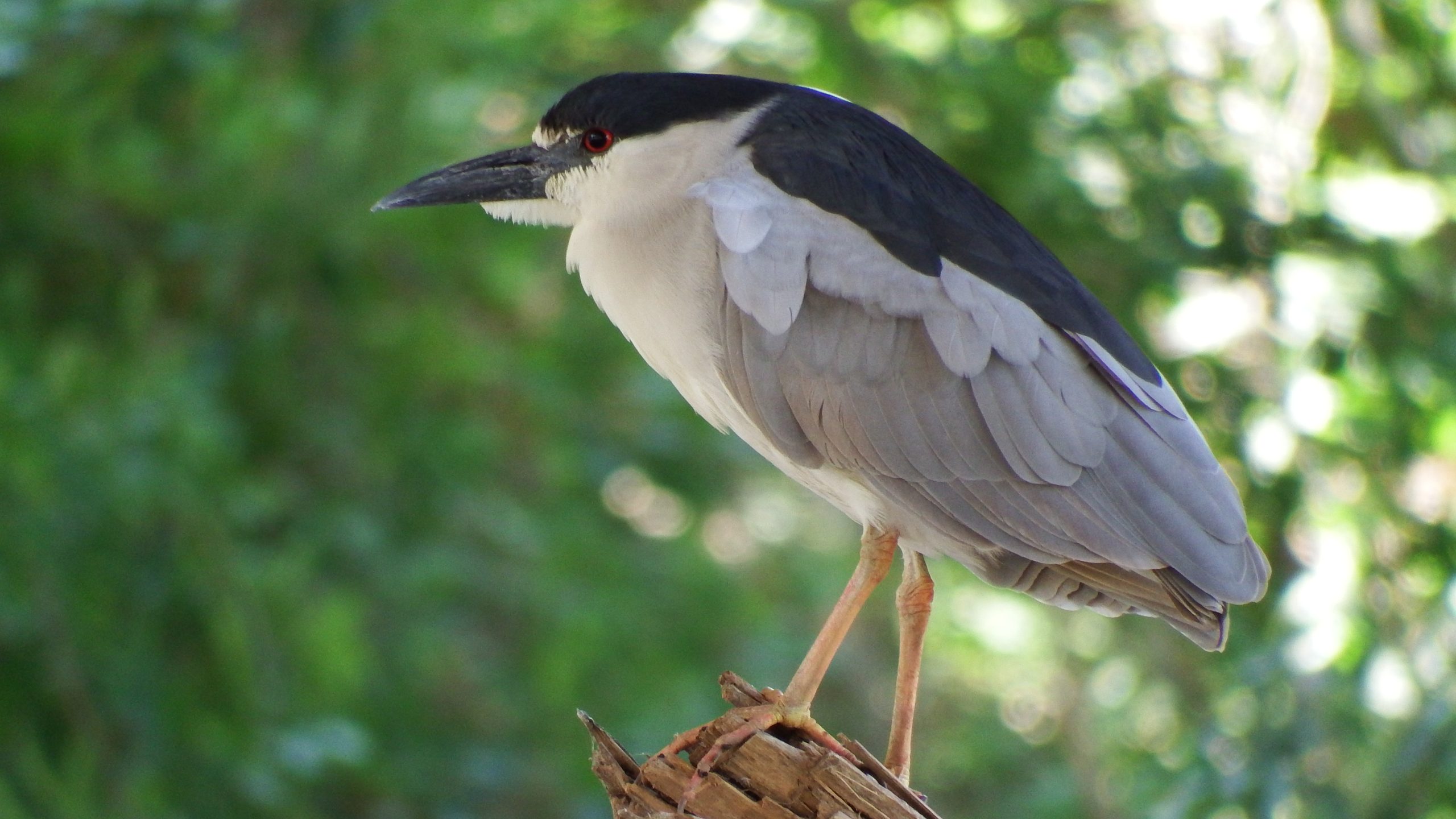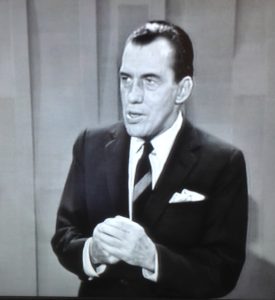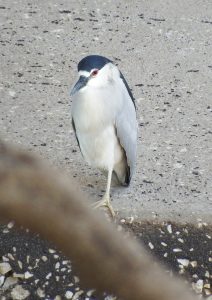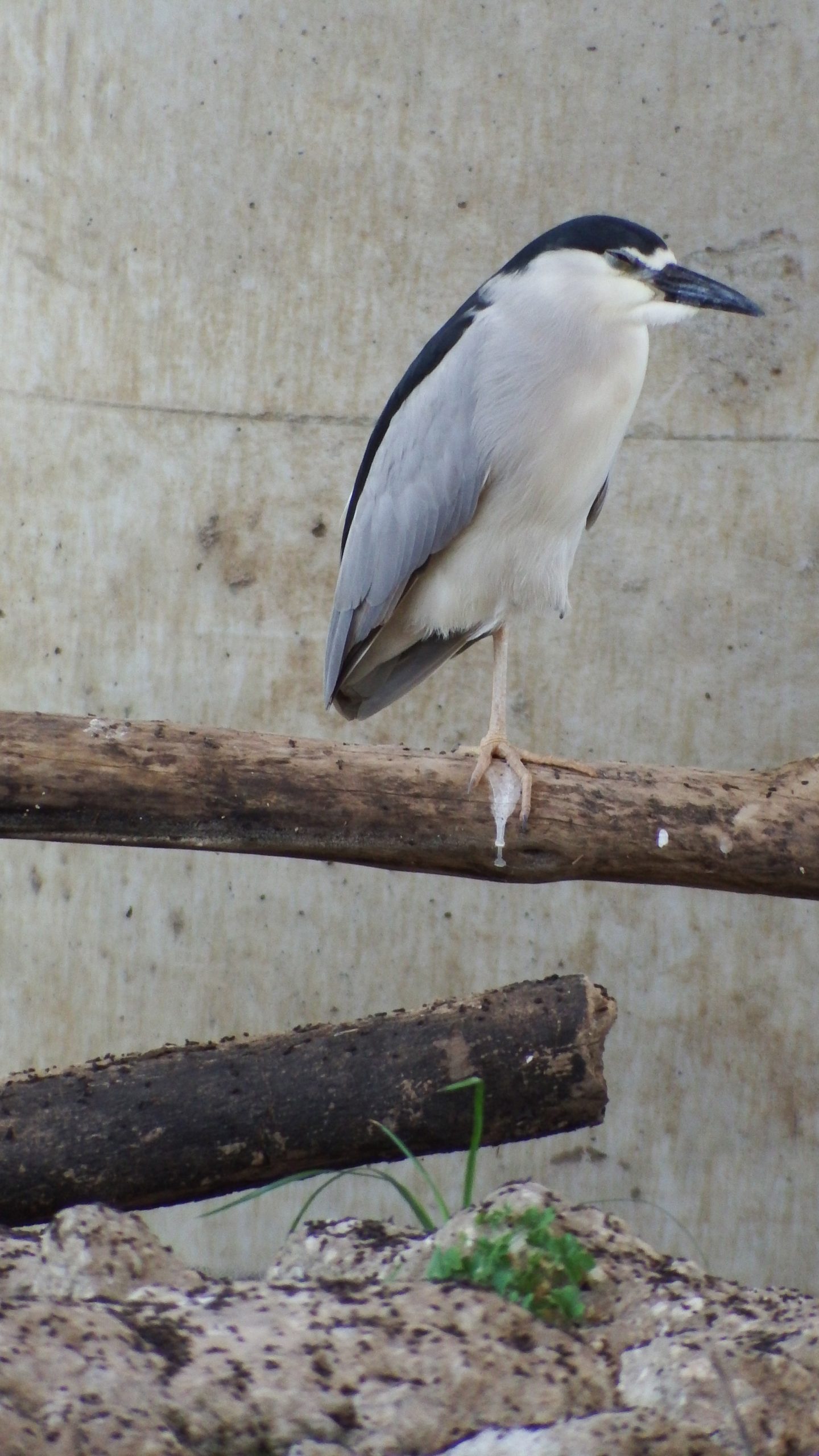Still Herons
Almost every time I walk under the bat bridge I see a Black-crowned Night Heron (BCNH) or two and they are almost always standing still. I imagined that they were waiting for a baby bat or egg, or who knows what, to fall at their feet and provide a meal. These were apparently lazy birds and the fact that they look a lot like Ed Sullivan made them both lazy and comical. And those thoughts make your humble naturalist sound like an idiot!
There are no lazy birds. A lazy bird either starves to death or ends up being supper for a more industrious creature. So if they are not lazy (I still maintain they are comical), what are they doing?
First clue, they are NIGHT Herons. They feed in the evening and at night. According to the Cornell Lab, “their diet includes leeches, earthworms, insects, crayfish, clams, mussels, fish, amphibians, lizards, snakes, turtles, rodents, birds, and eggs. They also eat carrion, plant materials, and garbage.” I see them most often during the day. So assuming their statuesque posture isn’t a hunting strategy, what is it?
I would like to propose that many of them are sleeping!
Black-crowned Night Herons are among the birds capable of unihemispheric slow-wave sleep (USWS). That’s a long way of saying that they are half asleep. One side of their brain goes to sleep and the other side remains alert; if something important happens, they can wake the sleeping half and deal. USWS is how birds that live on the wing (Frigate Birds, Albatross) or birds that migrate long distances (like our Cliff Swallows) sleep while in flight. In birds that fly distances in a V pattern (think geese), the bird who isn’t in the lead is probably indulging in a bit of USWS.
Most creatures try to hide when sleeping. This makes them more likely to wake up in the morning with all their body parts still connected. But BCNHs don’t have a lot of predators. It’s possible for an alligator to leap out of the water and snatch one off the shore, but we don’t have leaping alligators in the Park. In fact, I’ve never seen any alligator in the Park. They might be vulnerable to snakes, but what’s the point in killing something you can’t possibly eat, and the absence of huge pythons means that snakes are also not much of a threat.
They sleep under that bat bridge because they can.
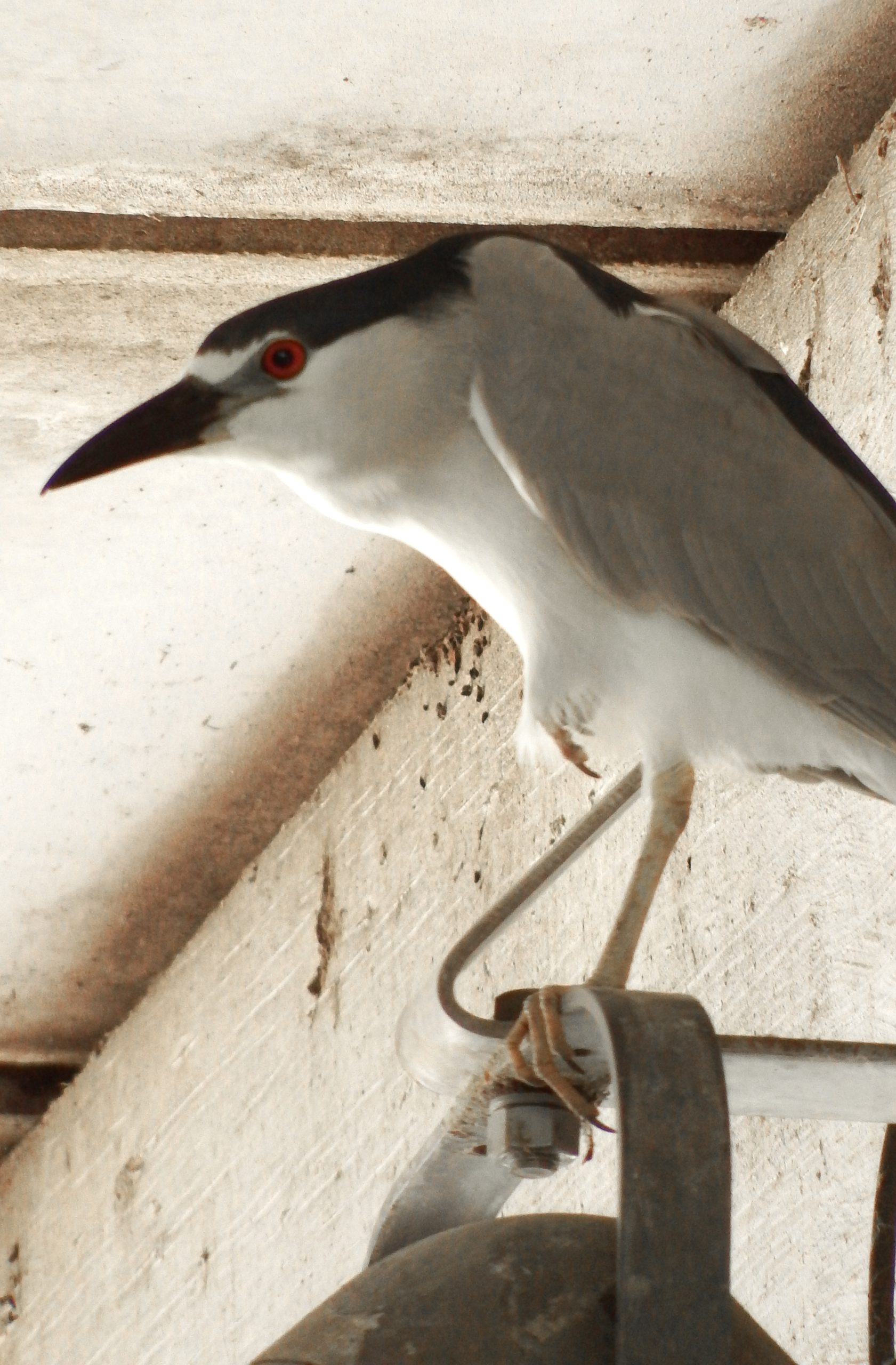
The awake half. What looks to be the bird’s right leg is part of the light fixture under the bat bridge. The actual foot is tucked up and visible just under the bird.
When a bird puts one half its brain to sleep, it usually tucks up the sleeping foot and squints the sleeping eye. If I had known when I was taking these photos that they were of half-asleep BCNHs, I would have maneuvered around to photograph the other (awake) side. But I didn’t figure it out until I was casting around for a blog topic and began to wonder what was going on with those lazy birds. Then I searched my photos to see if I could find evidence of dozing birds. I promise the next time I see a snoozer, I will photograph both sides and report back.


